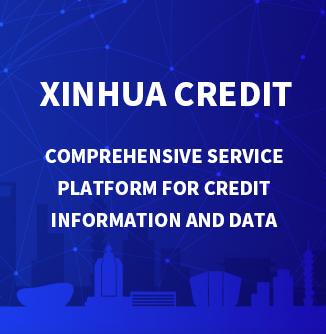Abstract: Amitendu Palit, a senior research fellow at the Institute of South Asian Studies in the National University of Singapore, wrote an article named Why RCEP will be ASEAN’s major achievement?,sharing his views about RCEP with CGTN. In his article, he said that the forthcoming ASEAN Summit is expected to announce a "substantive conclusion" of RCEP, affirming the bloc's commitment to finalizing the FTA. He gave several reasons to demonstrate that RCEP is probably the best example of an "inclusive" trade bloc. By reaching a substantive conclusion, RCEP would be able to demonstrate the ability of the region to promote inclusive regionalism, as opposed to selective and discriminatory trade integration, which has come under heavy attack for marginalizing groups and communities.
The following is the full text of the article:
Much attention in the forthcoming ASEAN Summit in Singapore, which is to be followed by the East Asia Summit (EAS), will be on the Regional Comprehensive Economic Partnership (RCEP). Comprising 16 countries including 10 member economies of ASEAN along with the ASEAN's six Free Trade Agreement (FTA) partners, RCEP, once concluded, will be the world's largest FTA. It will cover almost half of the world's population and more than a third of world GDP.
RCEP is less ambitious than the Comprehensive and Progressive Trans-Pacific Partnership (CPTPP) - the other major FTAs - about to come into effect in the Asia-Pacific region. Notwithstanding its smaller coverage of controversial trade issues (e.g. labor, environment) and a narrower scope for liberalizing market access, progress on RCEP has not been easy.
Since negotiations began five years ago, members have struggled to agree on basic issues. Deciding on the amount and depth of tariff cuts has been tough, with many members hesitating to allow greater imports in "sensitive" sectors like agriculture and dairy.
There have also been difficulties in agreeing on rules for cross-border investment and trade in services, particularly movement of professionals among RCEP members. These disagreements are yet to be fully resolved.
Negotiations on contentious issues are likely to continue into next year. However, all members have agreed to conclude RCEP early. The ASEAN Summit is expected to announce a "substantive conclusion" of RCEP, affirming the bloc's commitment to finalizing the FTA.
Finishing RCEP is important for several reasons. The first is for affirming the region's faith in open trade. At a time when the US has adopted a strongly protectionist approach to trade, and many other countries are beginning to turn inward, RCEP signals progress in a different direction.
It demonstrates that some of the world's largest economies - China, Japan, India, Indonesia, and Australia - as well as middle and low-income economies - Thailand, Vietnam, Cambodia, Laos, and Myanmar - accept the benefits of open trade.
By carving out the world's largest zone of preferential market access, RCEP members underline the importance of building free trade blocs. This, again, counters the current US strategy of approaching trade on an exclusive bilateral basis with various trade partners, as opposed to multilateral and regional trade constructs.
The second important reason for concluding RCEP is with respect to the salience of ASEAN. RCEP is an outgrowth of the ASEAN architecture. It is the next level to which ASEAN's economic order aims to expand by bringing together, and improving upon, the existing ASEAN+1 FTAs.
There are five FTAs of these, notably ASEAN's FTA with China, Japan, Republic of Korea, India and Australia-New Zealand. RCEP brings together all these FTAs and envisages a work program entailing greater market liberalization than that available through the individual FTAs. In doing so, ASEAN remains the core of RCEP.
The successful conclusion of RCEP, therefore, would reaffirm ASEAN's strength and credibility as a regional organization. It would establish ASEAN's ability to work with major and middle powers in Asia for creating a new regional trade framework.
Indeed, looked at in another way, ASEAN, which is a collective of nations vastly different in economic structure, institutions, and perspectives, is a unique example of being able to bring together other bigger regional nations into an order around itself, notwithstanding being smaller than them in most respects.
Finally, RCEP is also an example of a large trade bloc that includes not just the rich and large economies, but also poor and low-income countries.
Today, it is probably the best example of an "inclusive" trade bloc. By reaching a substantive conclusion, RCEP would be able to demonstrate the ability of the region to promote inclusive regionalism, as opposed to selective and discriminatory trade integration, which has come under heavy attack for marginalizing groups and communities.




 A single purchase
A single purchase







